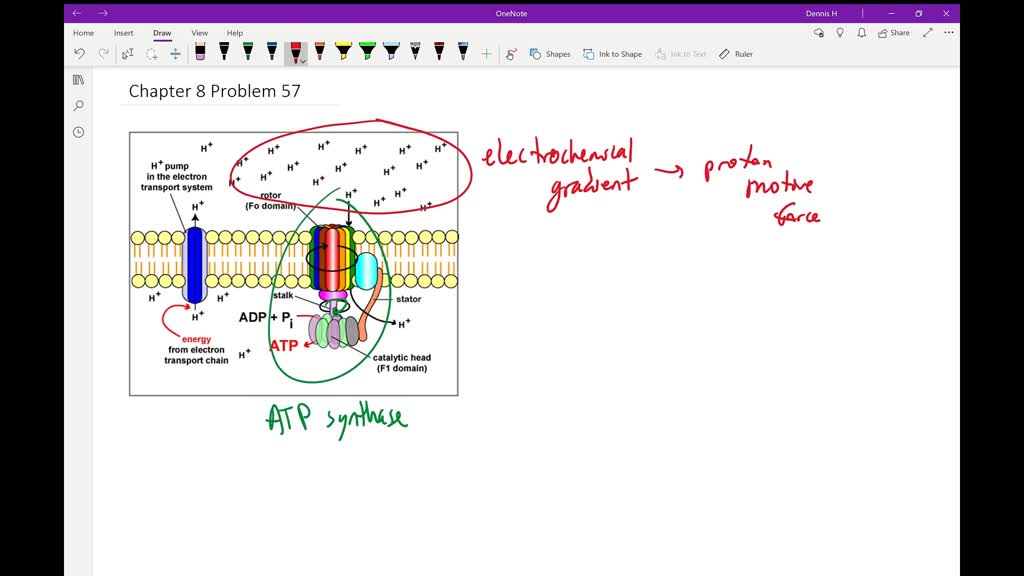

Structure and function of stator units of the bacterial flagellar motor. A classic article that gives a highly accessible introduction to the flow physics of motility at low Reynolds number. Bacterial surface translocation: a survey and a classification. The surprisingly diverse ways that prokaryotes move. The role of microbial motility and chemotaxis in symbiosis. B., Fernandez, V., Lambert, B., Stocker, R. The microbiomes of deep-sea hydrothermal vents: distributed globally, shaped locally. This review provides a detailed overview of the various forms of motility found across the tree of life.ĭick, G. Tree of motility – a proposed history of motility systems in the tree of life. Antony van Leeuwenhoek and His “Little Animals” (Russell & Russell, 1958). In this Review, we describe the current understanding of the physical and molecular mechanisms that allow bacteria to move around.ĭobell, C.

Recent technological advances, especially in cryo-electron microscopy, have greatly improved our knowledge of the molecular machinery that powers the various forms of bacterial motility. On surfaces, bacteria swarm collectively in a thin layer of fluid powered by the rotation of rigid helical filaments, they twitch by assembling and disassembling type IV pili, they glide by driving adhesins along tracks fixed to the cell surface and, finally, non-motile cells slide over surfaces in response to outward forces due to colony growth. Swimming motility involves either the rotation of rigid helical filaments through the external medium or gyration of the cell body in response to the rotation of internal filaments. These mechanisms can be broadly classified into swimming in aqueous media and movement over solid surfaces. Bacteria have developed a large array of motility mechanisms to exploit available resources and environments.


 0 kommentar(er)
0 kommentar(er)
